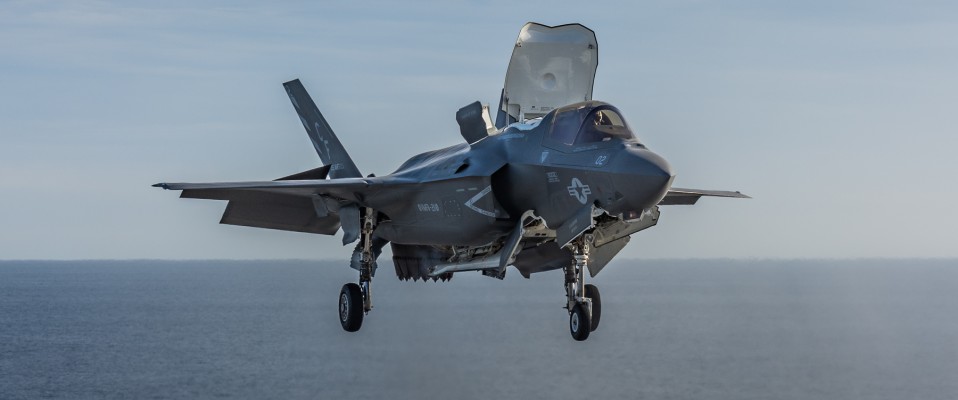USMC F-35B Lightning Carrier Proof of Concept Demonstration
Report and Photos by Steven Valinski
December 23, 2016
Since the USMC announced that ten Lockheed Martin F-35B Lightning II Joint Strike Fighter aircraft from Marine Fighter Attack Squadron 121 (VMFA-121) reached Initial Operational Capability (IOC) in July 2015, the Marines have reached a number of key milestones with the F-35B.
Off the heels of the U.S. Navy/USMC F-35B DT-III, from November 18th through the 20th 2016, one of these milestones, the USMC F-35B Lightning Carrier Proof of Concept Demonstration, took place aboard the USS America (LHA-6).
While not an operational test, the F-35B Proof of Concept Demonstration was a way for the USMC to explore how to best integrate the F-35B into the current construct of the Marine Air-Ground Task Force (MAGTF). According to a USMC spokesperson, “The proof of concept demonstration serves to explore the best way to integrate a larger package of F-35Bs into the current Navy-Marine Corps structure to bring the most power projection from the sea. It’s an opportunity to solidify procedures between the Navy and Marine Corps in preparation for upcoming deployments in 2018.”
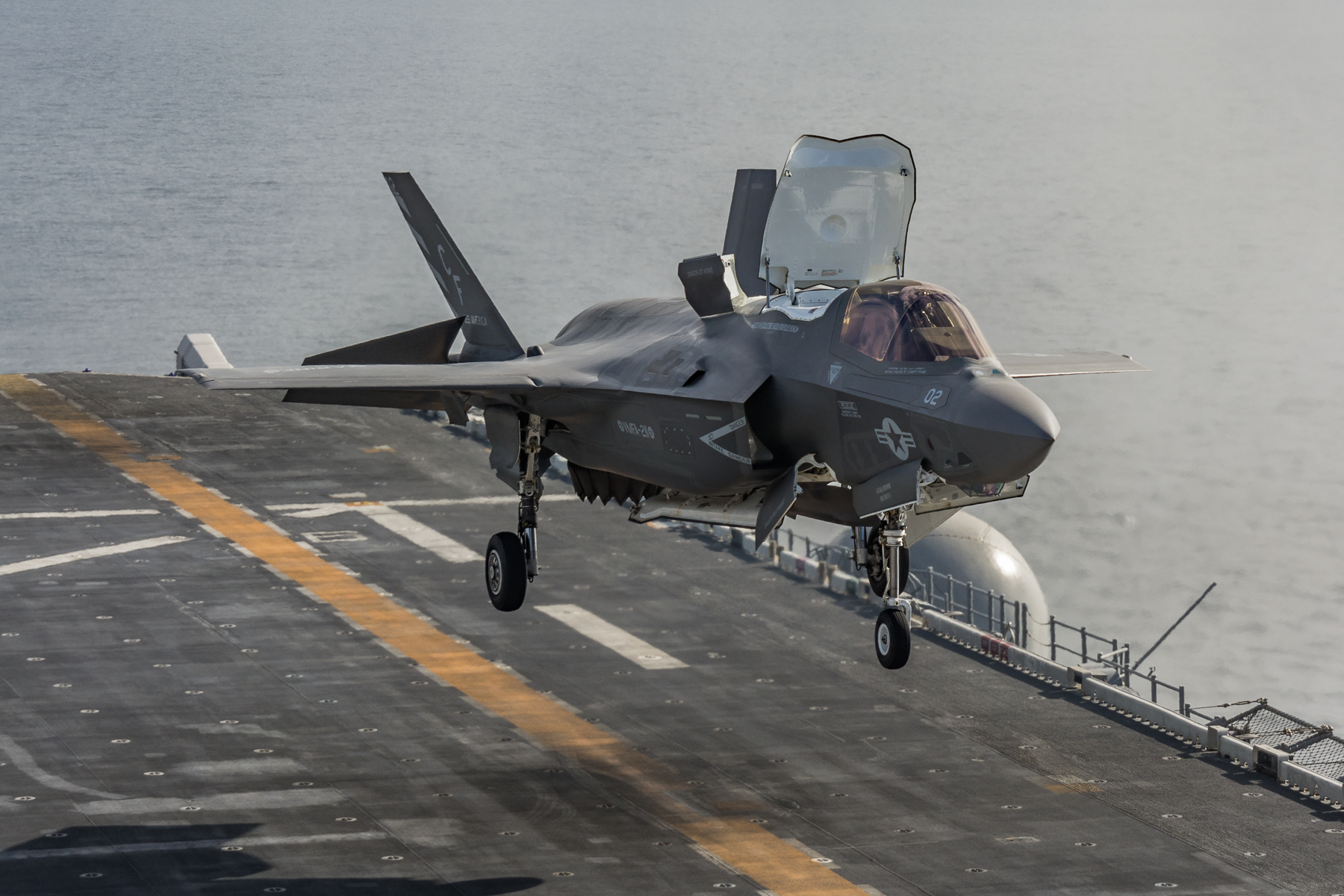
Col. George “Sack” Rowell, VMX-1 Commanding Officer, stated during a briefing aboard the USS America, “it’s a proof of concept for the Marine Air Ground Task Force tailored towards a more robust fixed-wing capability.”
Col. Rowell also mentioned that the demonstration was an opportunity to learn lessons about integrating the F-35B with rotary wing and tilt-rotor aircraft aboard the ship and expand the corporate knowledge utilizing the F-35B aboard amphibious ships.
He later added that the demonstration was also “an opportunity for us to solidify procedures between the Navy and the Marine Corps in preparation for upcoming deployments.”
While the USS America is capable of hosting up to 20 F-35Bs comfortably, for the demonstration, twelve were aboard. Seven of these aircraft were from Marine Fighter Attack Squadron 211 (VMFA-211), three were from Marine Operational Test and Evaluation Squadron One (VMX-1) and two were from the U.S. Navy’s developmental test unit, Air Test and Evaluation Squadron 23 (VX-23). In addition, fourteen F-35B pilots were aboard for the demonstration (five from VMFA-211, seven from VMX-1, two from VX-23).
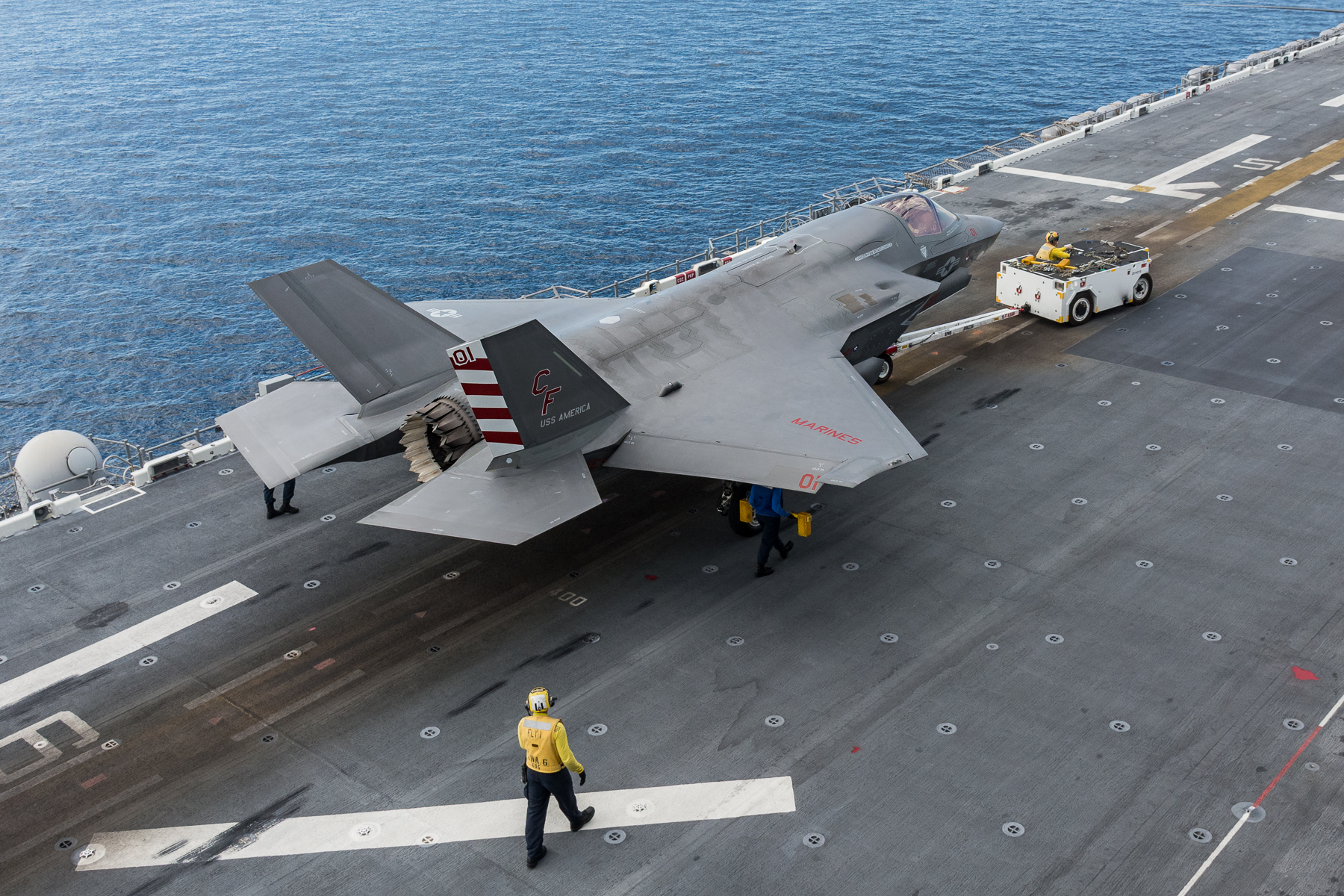
Also aboard were two Bell Boeing MV-22B Osprey (VMX-1), one Bell AH-1Z “Zulu” Viper and a Bell UH-1Y Venom (both VMX-1). 18 rotary and tilt-rotor pilots all from operational test. 140 maintenance and support personnel also took part in the demonstration.
The main event for the F-35B Proof of Concept Demonstration took place on Nov. 19th when a group of six F-35s, two MV-22s, along with H-1s, launched a strike off of the USS America. While four of the F-35Bs were on a mission that was executed on San Clemente Island, two of the F-35Bs served as escort for the MV-22s.
The MV-22 has become a valuable aircraft for the Marine Corps. With its vertical takeoff and landing and short takeoff and landing (VSTOL) capabilities, the MV-22 can transport Marines or special operations forces twice as fast and five times farther than transport helicopters. The USMC also uses the MV-22 for cargo lift, assault support and, more recently, as an aerial refueling platform.
The F-35B can be very effective working with the MV-22s especially in hostile territory where the F-35B can sanitize an area ahead of the MV-22s. LtGen. Jon M. Davis, Deputy Commandant for Aviation, Headquarters Marine Corps, told reporters during a briefing aboard the USS America, “The V-22 is an incredible platform for assault or delivering Marines, or special operations forces, where they have to go. The F-35 is actually a very nice compliment to get that V-22 into a contested area.”
Combat Readiness
The USMC has been paving the way for the F-35B to be used in combat for several years. With an aging F/A-18 Hornet and AV-8 Harrier fleet, it has been important for the USMC to prepare pilots, maintainers and other support personnel for the F-35B and, eventually, the F-35C which will also be part of the Marine Corps fixed-wing arsenal.
USMC F-35B pilot training is conducted by Marine Fighter Attack Training Squadron 501 (VMFAT-501) at Marine Corps Air Station Beaufort, South Carolina. VMFAT-501 feeds pilots into VMFA-121 and 211 (operational units), VMX-1 (operational test), MAWTS-1 (advanced tactics training squadron) and VMFAT-501 (for the instructor base).
According to Col. Rowell, to date, over 60 qualified pilots have been trained. All of the pilots trained so far have been “conversion” pilots (former F/A-18 or AV-8 pilots). An additional 63 pilots are scheduled to be trained by 2018.
Currently, a group of EA-6 pilots are about to graduate from a training program using the Category 1 (Cat 1) syllabus. The Cat 1 syllabus is for young men and women just out of flight school that are starting to fly the F-35 for the first time. Transitioning from an electronic warfare (EW) platform, these EA-6 pilots served as a test group for the CAT-1 syllabus.
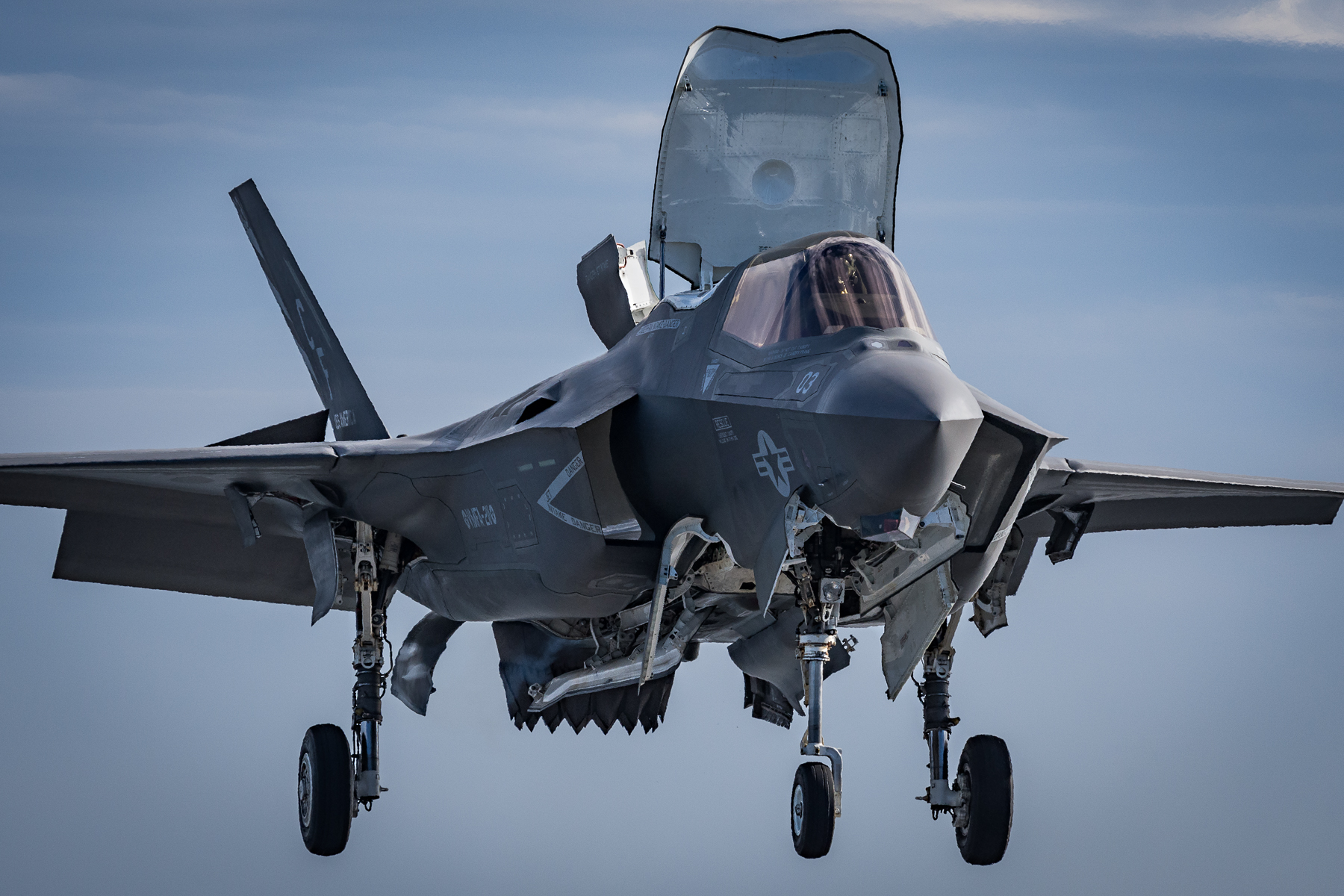
Marine Aviation Weapons and Tactics Squadron One (MAWTS-1), which according to the USMC, “provides standardized advanced tactical training and certification of unit instructor qualifications that support Marine Aviation training and readiness and to provide assistance in the development and employment of aviation weapons and tactics,” has incorporated the F-35B into its program for the past several years. The biannual Weapons and Tactics Instructor course (WTI) which is held at Marine Corps Air Station (MCAS) Yuma, Arizona had the first F-35B instructors validate the curriculum in the Fall of 2015.
Exercise Steel Knight 2016 featured the deployment of eight F-35Bs, 14 pilots and 162 maintainers from VMFA-121 to Marine Corps Air Ground Combat Center Twentynine Palms (MCAGCC). For the exercise, Marine Wing Support Squadron 374 constructed a 204 feet by 200 feet VTOL pad at the Strategic Expeditionary Landing Field for the F-35Bs. The purpose of the exercise was to prepare the 1st Marine Division for deployment as the ground combat element of a MAGTF. The F-35Bs were there to improve interoperability with the ground forces.
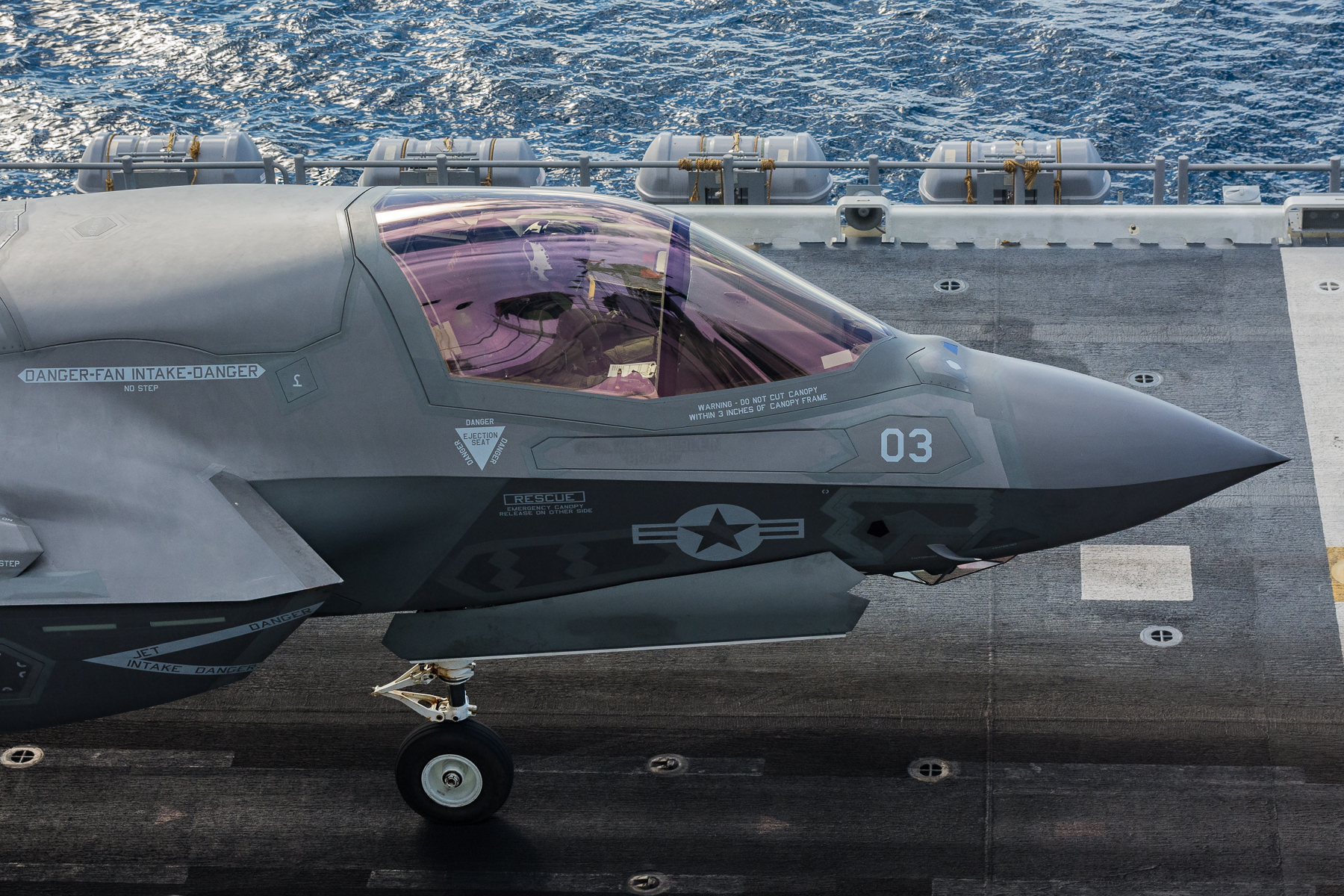
The first time any variant of the F-35 participated in Exercise Red Flag was during Red Flag 16-3 July 11-23, 2016. Red Flag is the USAF’s advanced aerial combat training exercise hosted at Nellis Air Force Base. VMFA-121 sent eight aircraft and 160 personnel to the exercise. According to Col. Rowell, VMFA-121 flew 85 sorties, for about 120 hours during the exercise. During Red Flag 16-3, VMFA-121 learned how to fly and fight with a number of fixed-wing aircraft including the Lockheed Martin F-22 Raptor, General Dynamics F-16 Fighting Falcon, Boeing B-52 Stratofortress, Boeing E-3 Sentry and others.
This combination of exercises, developmental and operational testing such as F-35B DT-III and the F-35B Proof of Concept Demonstration helped further prepare the USMC pilots, maintainers and support personnel for combat if called upon.
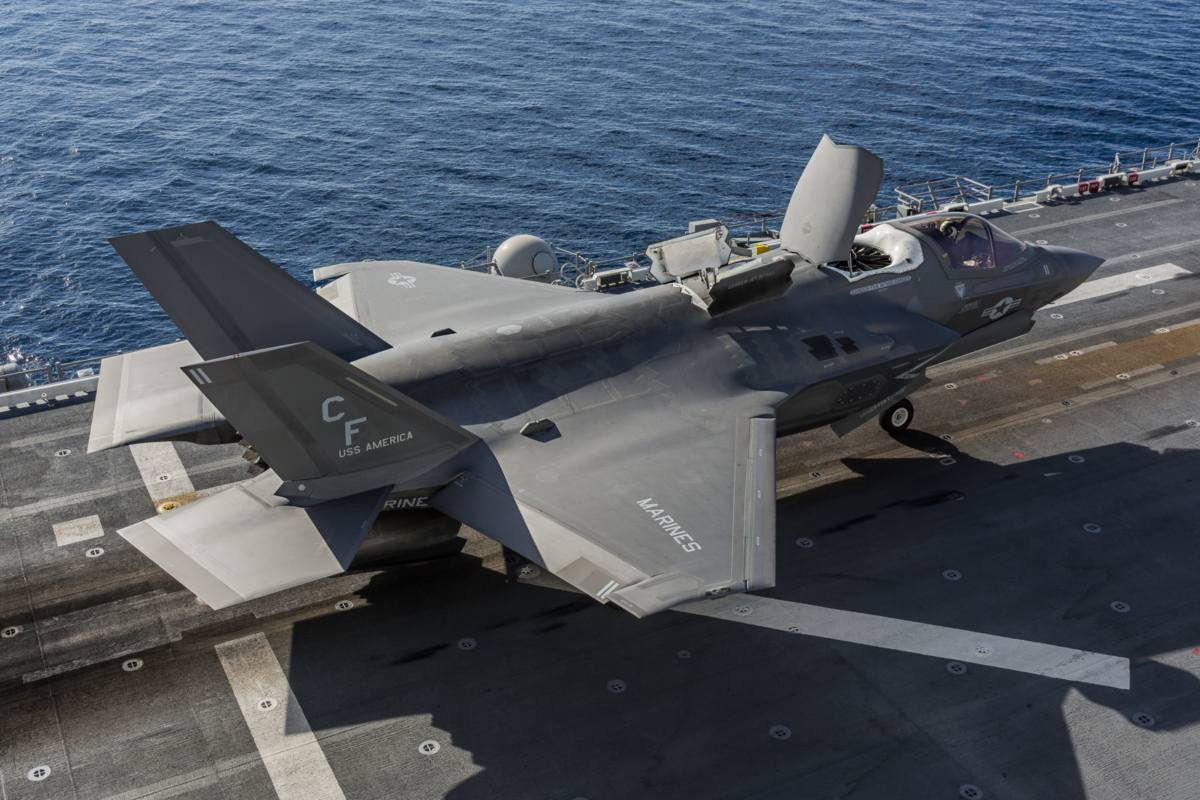
The time spent on the USS America ensures that the F-35B is deployable in a land or sea base. One example of how valuable this time on the ship was, according to Col. Rowell, in the last four years with the F-35B, the USMC carrier qualified (CQ) 8 pilots. During F-35B DT-III, the USMC carrier qualified 19 pilots.
According to LtGen. Davis, one of the key objectives in USMC aviation is “”Getting out of the old metal, which is the Harrier and Hornet, and into the new metal.”
LtGen. Davis feels “These airplanes are highly capable and ready to go”
“The nation has fifth generation capability to operate from a sea base, and we can do it tomorrow if need be,” LtGen. Davis added.
5th Gen Technology
Aside from modern avionics and communication systems, there is a lot of other technology behind a fifth generation fighter such as the F-35B. As a replacement for the AV-8B Harrier, the short takeoff/vertical landing (STOVL) capabilities of the F-35B are more sophisticated, yet pilot friendly. Where the AV-8 required some of the best USMC pilots to operate, the F-35B can perform a vertical landing with minimal pilot interaction.
LtCol. John “Guts” Price, the future CO of VMFA-122 who has over 1200 hours flying the Harrier explains, “Flying AV-8B Harrier IIs, I only had one specific aircraft I felt like I could kind of go easy on the controls and it would sit there and hover. I love the Harrier, love flying that aircraft, but there was work involved to bring it back for a vertical landing. The very first time I hovered an F-35B I thought, I am the problem here, and I am just going to let the jet do what it wants to do. The F-35 was hovering better than I could ever hover a Harrier without doing a thing. That’s back to that workload comment I said earlier. I am performing a vertical landing, and I have the time to look around and see what is taking place on the pad and around me. It is a testament to the jet.”
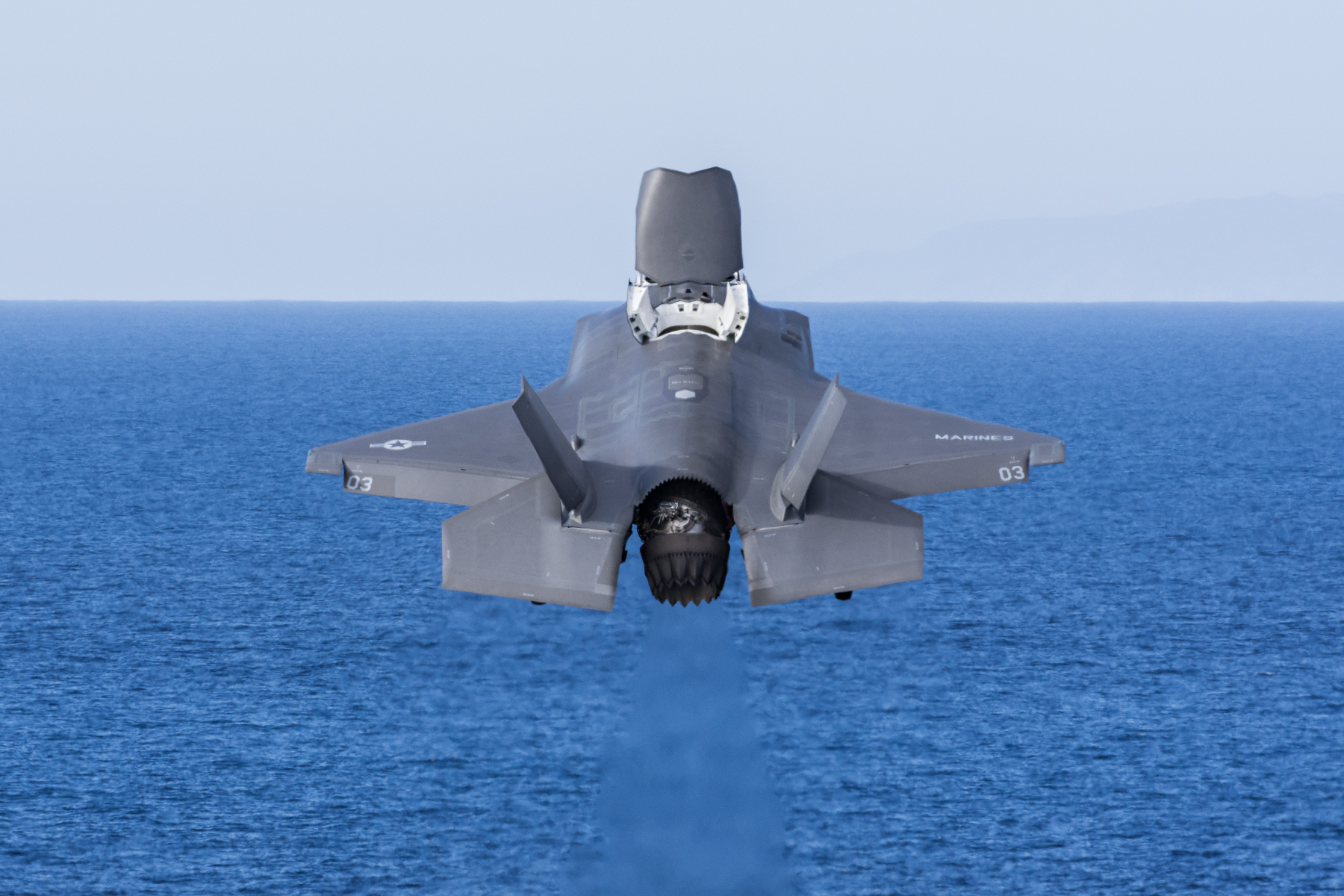
Another 5th gen capability that the F-35B has is the ability to interact with weapons systems outside of its internal/external payload. One example of this is the ability for the F-35 to communicate with the U.S. Navy’s Aegis Combat System (ACS).
According to Lockheed Martin, Aegis is “the world’s most advanced combat system, Aegis can simultaneously attack land targets, submarines, and surface ships while automatically protecting the fleet against aircraft, cruise missiles and ballistic missiles.”
Aegis is utilized by the U.S. Navy’s “Aegis class cruisers” or “Aegis class destroyers.” The F-35 can send targeting information to Aegis to utilize the defense systems of these ships.
On September 12, 2016, an F-35B from VMX-1 participated in a live-fire exercise utilizing Aegis at White Sands Missile Range. According to Lockheed Martin (LM), “The U.S. Navy and U.S. Marine Corps exercise was the first live-fire missile event that successfully demonstrated the integration of the F-35 to support Naval Integrated Fire Control-Counter Air (NIFC-CA).”
LM added: “During the Sept. 12 test, an unmodified U.S. Marine Corps F-35B from the Marine Operational Test and Evaluation Squadron 1, acted as an elevated sensor and detected an over-the-horizon threat. The F-35B sent data through the aircraft’s Multi-Function Advanced Data Link (MADL) to a ground station connected to the Aegis Weapon System on the USS Desert Ship (LLS-1), a land-based ship. The target was subsequently engaged and intercepted by a Standard Missile 6.”
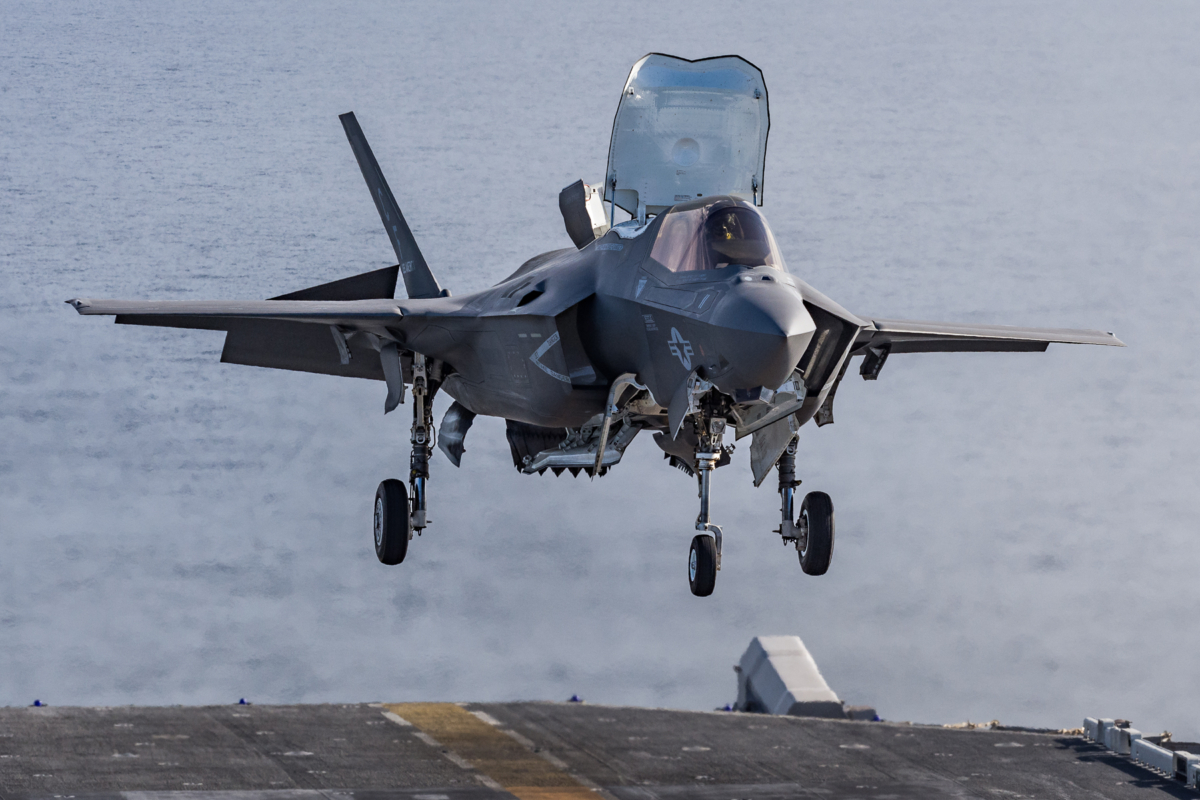
During a briefing aboard the USS America, Col. Rowell mentioned, “Aegis cruisers bring a weapons payload that you just couldn’t fit on an airplane. We’re talking about dozens and dozens of SM-6s (Standard Missile-6) that can be targeted by airborne platforms at a much longer distance.”
Perhaps the most notable fifth generation technology the F-35 utilizes is its stealth capabilities. The F-35B has the capability to enter/exit a hostile area undetected with little or no radar footprint.
LtCol. Chad “Mo” Vaughn, CO of VMFA-211, mentioned one of his experiences with the stealth capabilities of the F-35B, “I was leading a four ship of F-35s on a strike against 4th Gen adversaries, F-16s and F/A-18s. We fought our way in, we mapped the target, found the target, dropped JDAMs on the target and turned around and fought our way out. All the targets got hit, nobody got detected, and all the adversaries died. I thought, yes, this works, very, very, very well. Never detected, nobody had any idea we were out there.”
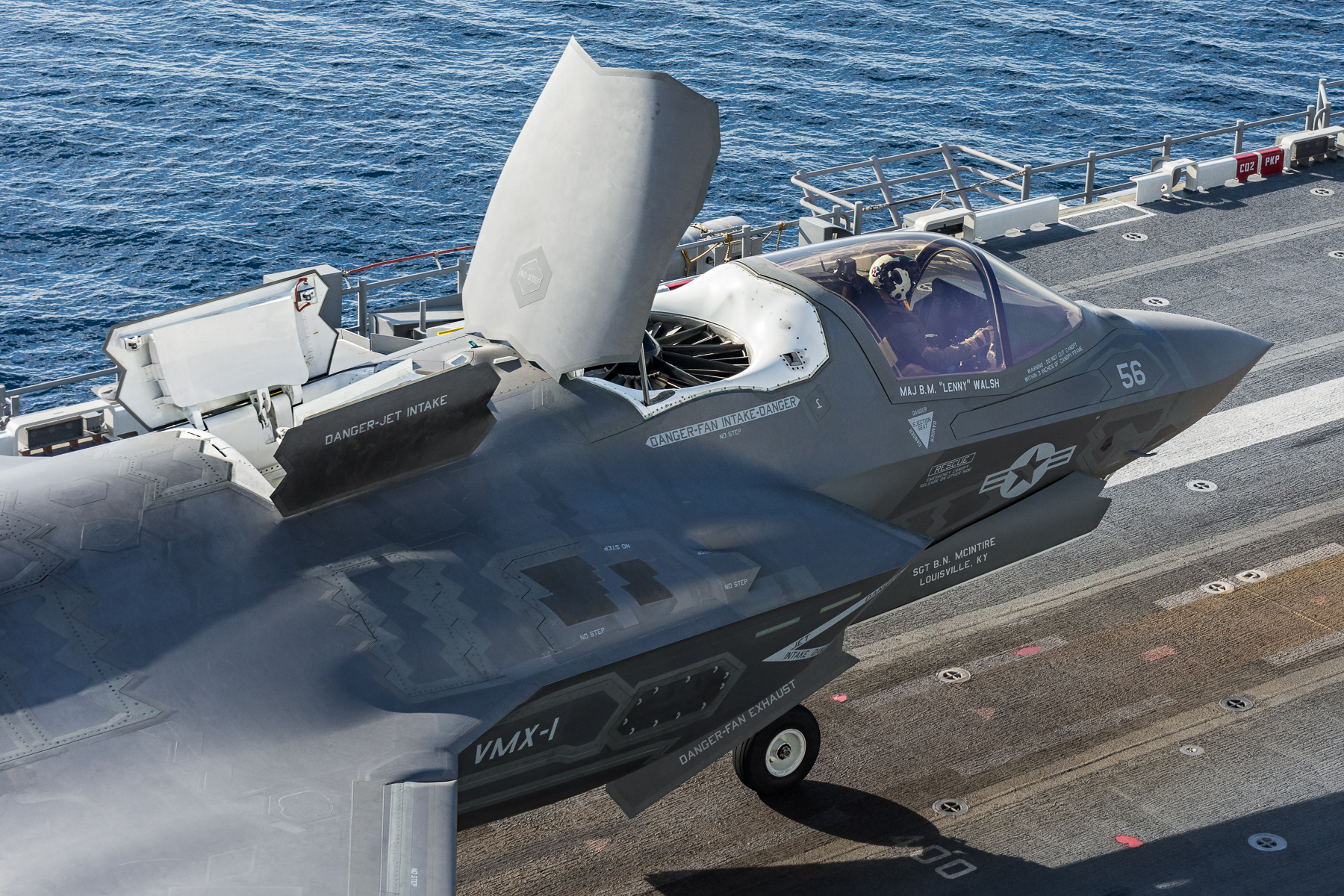
Other fifth generation technology that separates the F-35 from other military aircraft flown today includes:
- Unprecedented situational awareness for the pilot using a variety of fully-fused sensors on the aircraft.
- The Autonomic Logistics Information System (ALIS) which, according to LM, “gives F-35 Lightning II operators the ability to plan ahead, to maintain, to plan and sustain its systems over the life of the air vehicle.”
- The scalability of the systems architecture enables the aircraft to adapt and take on new capabilities and weapons systems as needed.
During F-35B DT-III and the F-35B Proof of Concept Demonstration Block 3F software was used by Operational Test aircraft from VMX-1 (BF-19). Block 2B and 3i (all VMA-211 aircraft were 3i) were also used. Each software block enables a percentage of warfighting capabilities with 3F being the most current delivering 100% of the software required for full warfighting capability.
Looking Ahead
USMC F-35B squadron VMFA-121 will be moving to Marine Corps Air Station Iwakuni, Japan in early 2017 (the first six are scheduled for January, with the remainder to move in the following months) to support the 31st MEU. The USS Wasp (LHD-1), which was modified to support the F-35B, will replace the USS Bonhomme Richard (LHD-6) as part of the Navy’s Forward Deployed Naval Forces in Japan. VMFA-121 is expected to have a detachment shipboard on the USS Wasp in early 2018. MCAS Yuma’s most recent F-35B squadron, VMFA-211 is scheduled to be aboard the USS America sometime in 2018. VMFA-211 is also scheduled to participate in Exercise Red Flag this summer.
The next USMC F-35B squadron will be Marine Fighter Attack Squadron 122 (VMFA-122) which currently flies the F/A-18 Hornet. This transition is slated for late summer 2018 and they will be based at MCAS Yuma.
VMFA-314 will be the first USMC squadron to transition to the carrier variant of the F-35, the F-35C. This is expected to occur in early fiscal year 2020.
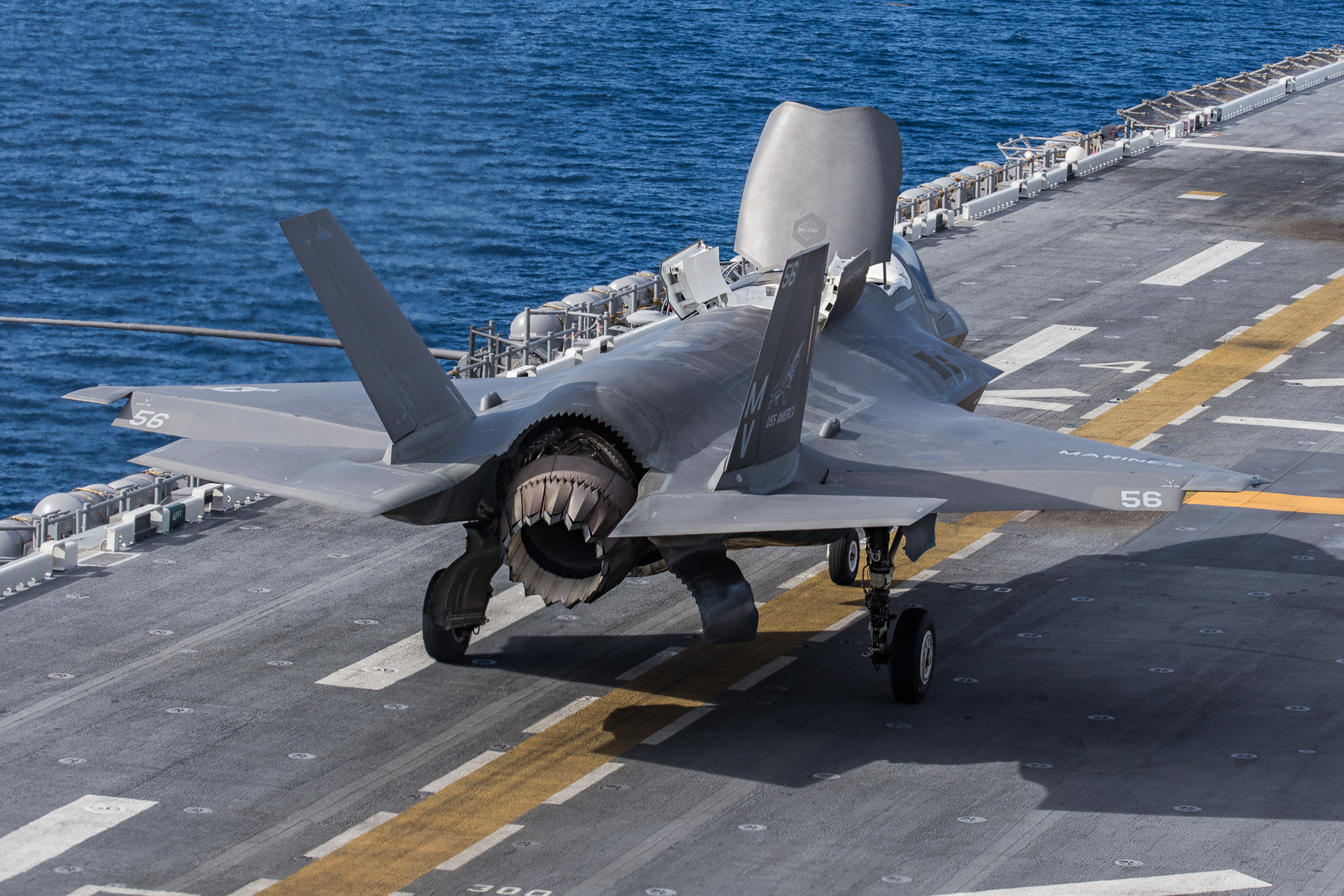
The F-35B Proof of Concept Demonstration was one more stepping stone for the advancement of the F-35B within the MAGTF.
With dynamic training exercises, operational and developmental testing and events such as the F-35B Proof of Concept Demonstration, the USMC has led the way in developing the F-35B and related personnel into providing the U.S. and its allies a fifth generation asset, deployable by land or sea, in the F-35B. USMC leadership feels that the F-35B can be deployed now, if needed, to deal with any present or future threats. This gives the USMC modern warfighting capabilities to support its most valuable asset, the Marines on the ground, today if needed.
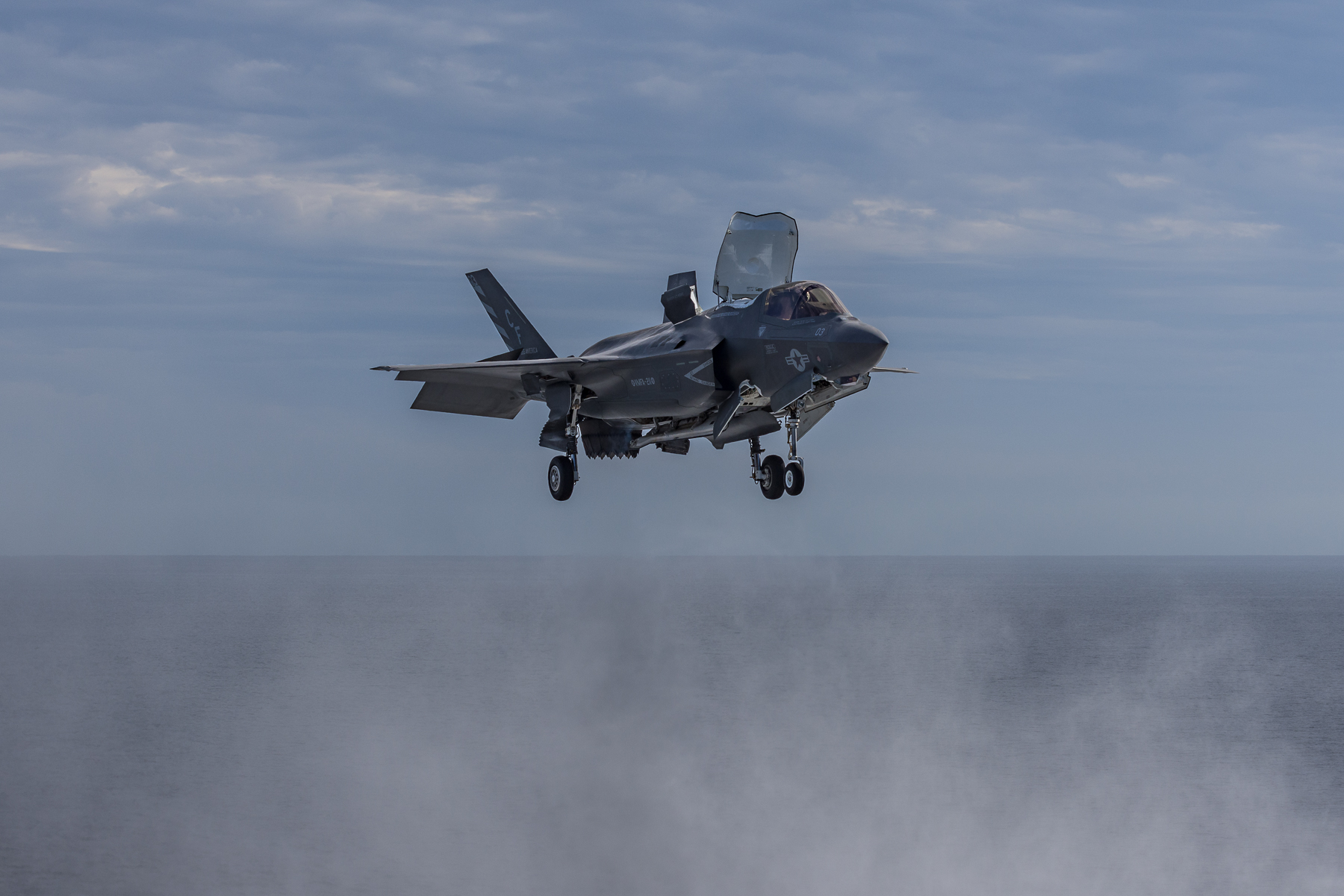

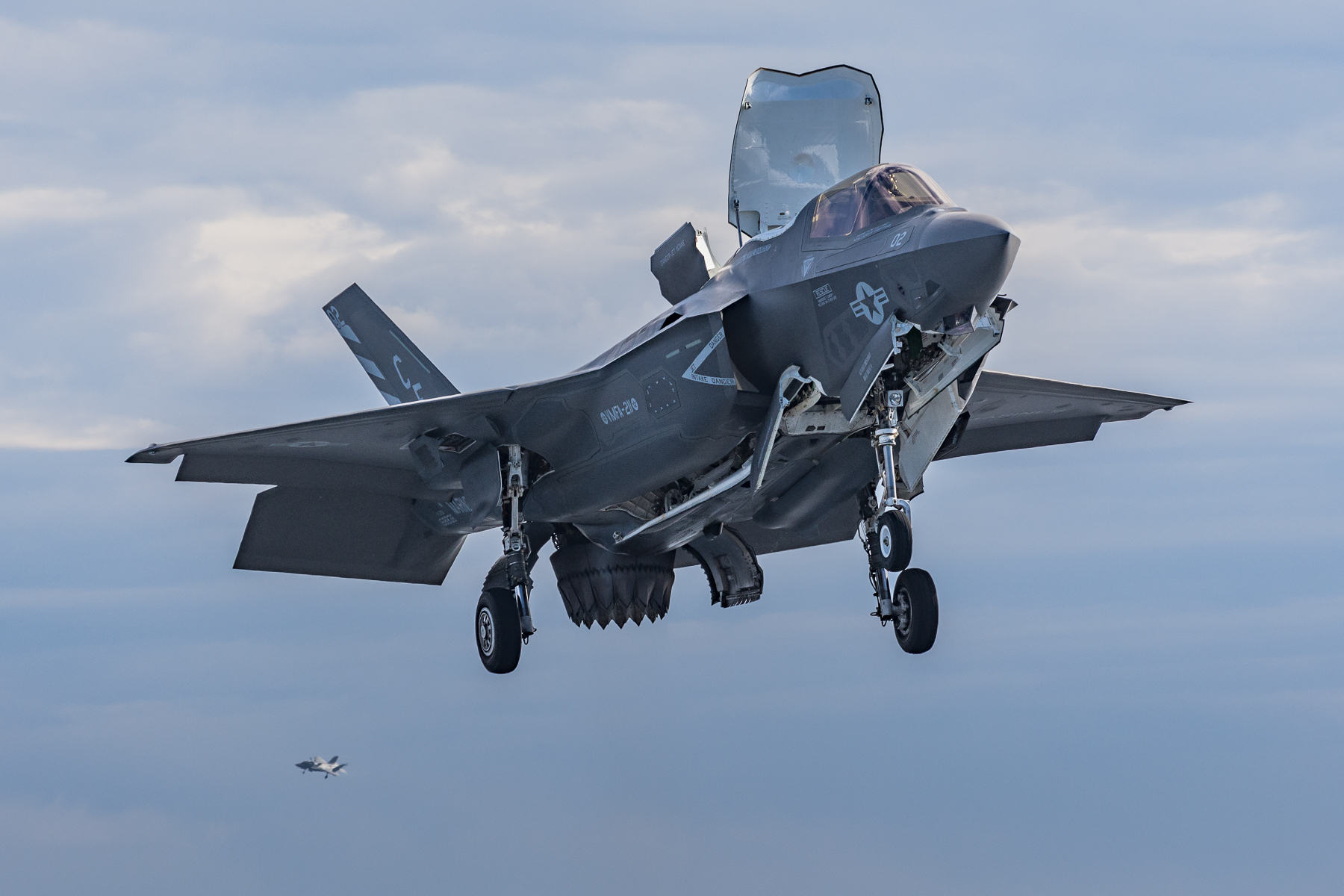
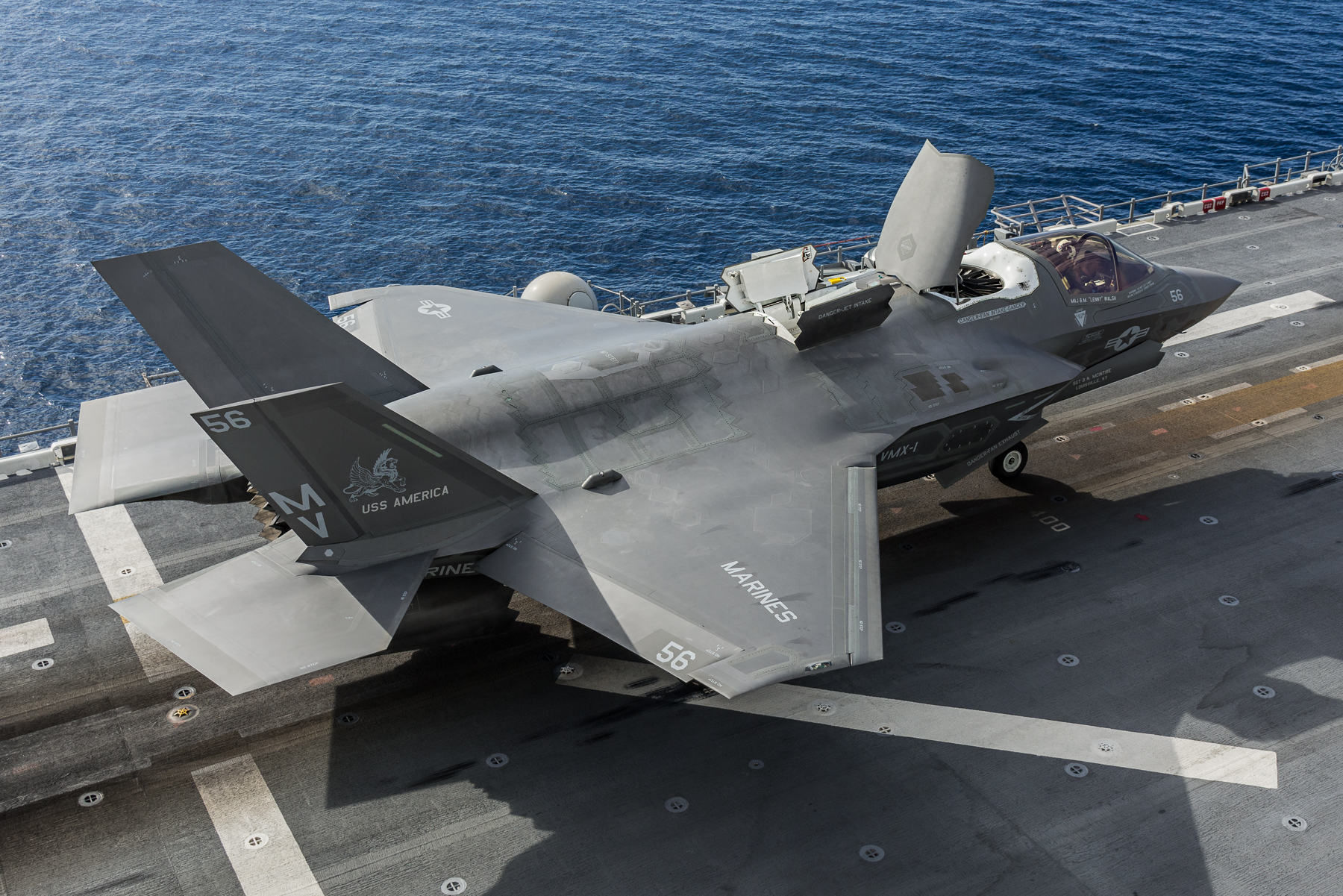
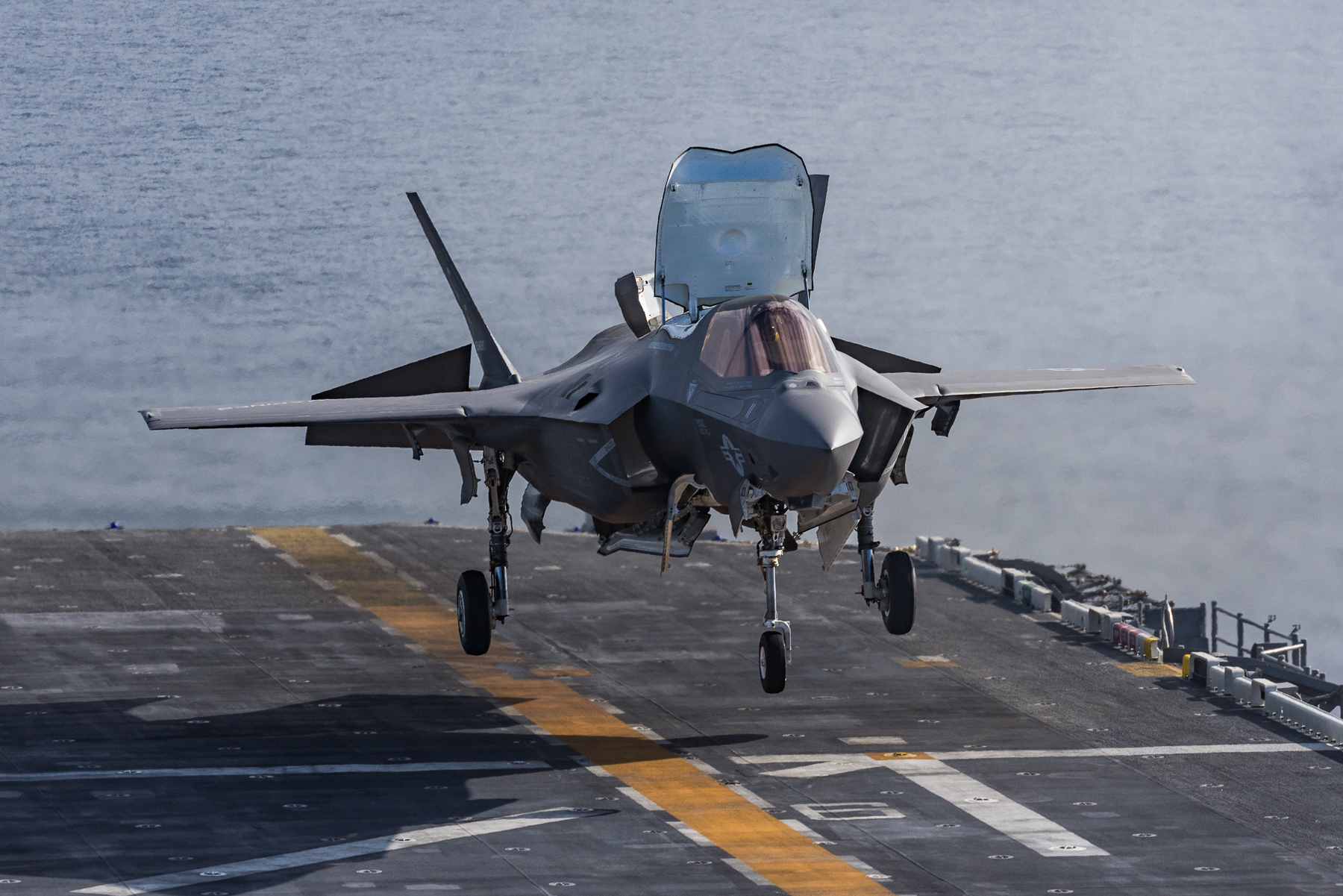
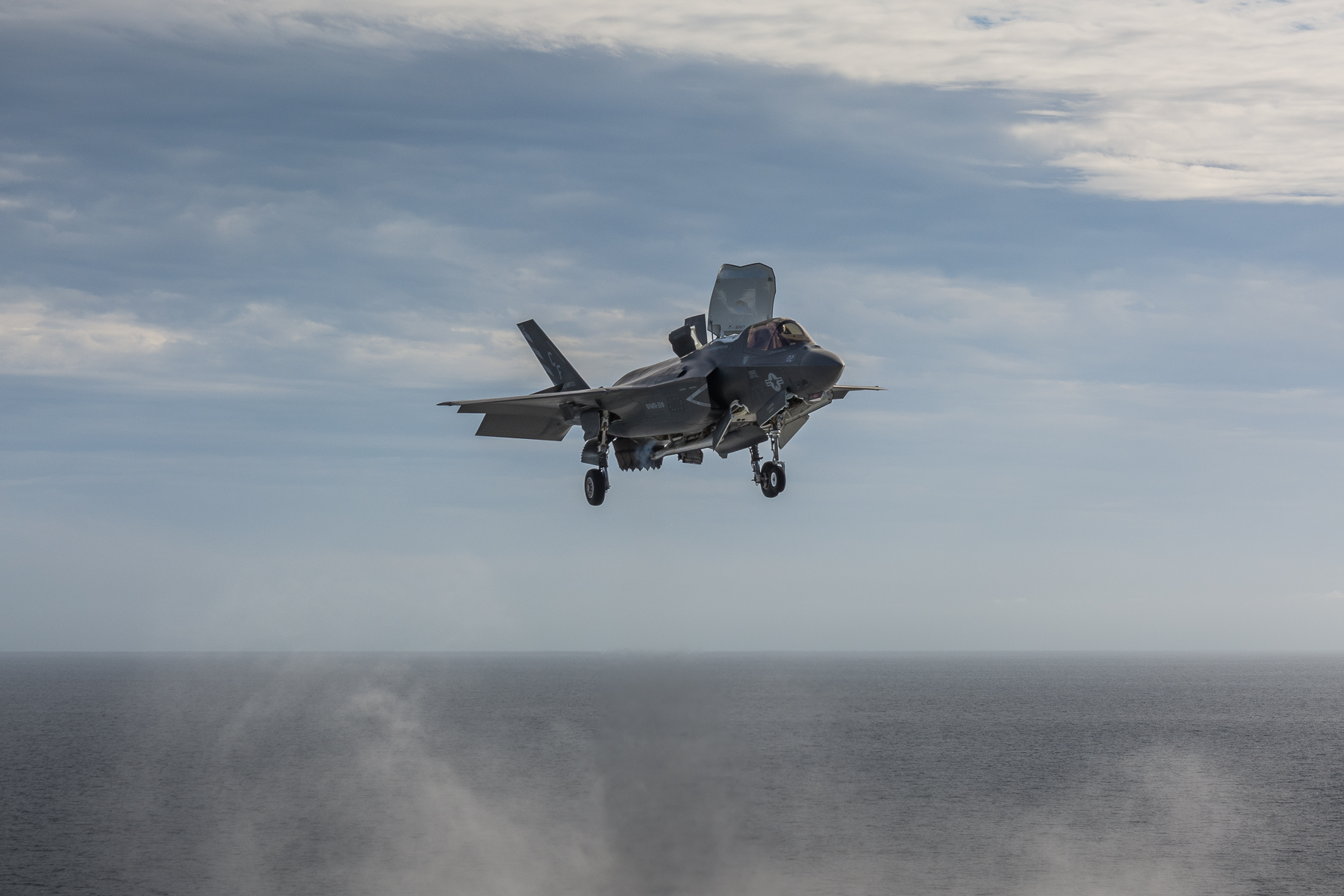
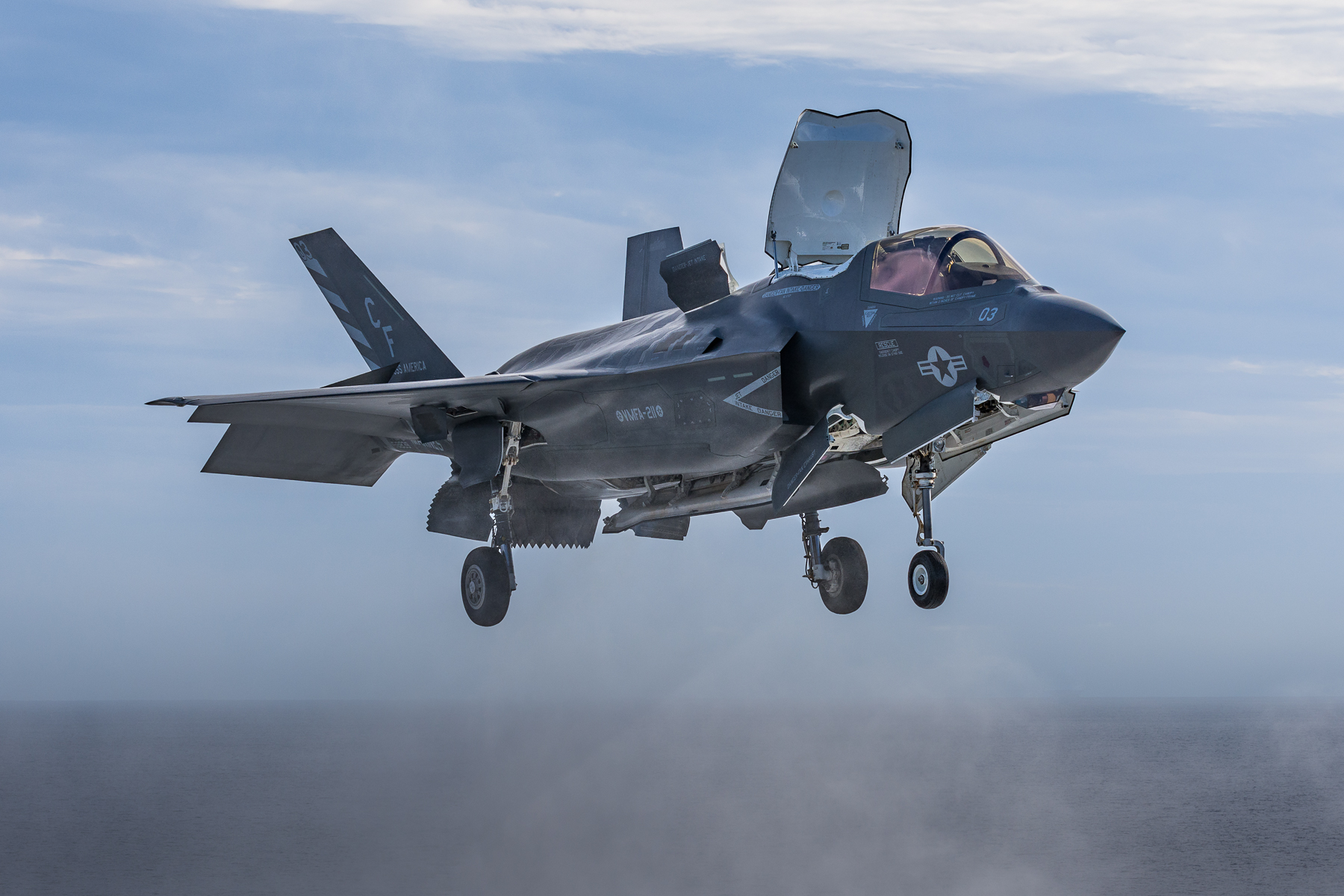
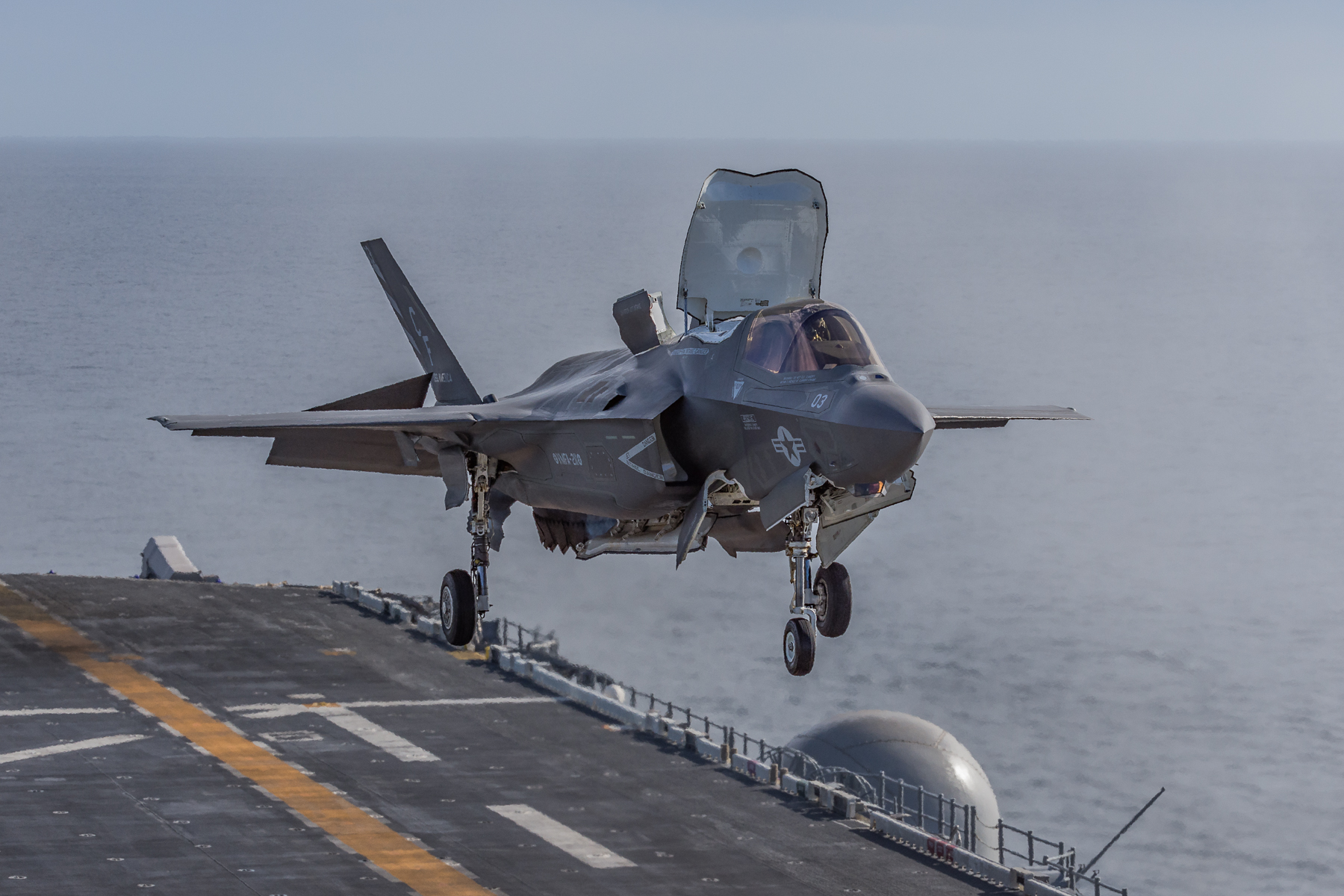
Click on an image below to page or swipe through the gallery:
Steven is from Long Island, New York and now resides in sunny Mesa, Arizona. Steven’s love for aviation began when he was a child with a fascination for WWII aircraft. This love of aviation was further fostered by his uncle, a long-time Trans World Airlines (TWA) employee who had a passion for all forms of aviation.
Steven’s interest in photography began when he was 16 years old when he received his first SLR camera, a Minolta XGA. It makes sense that eventually his passion for aviation and photography would merge into a love for aviation photography.
In addition to being the web designer, webmaster and chief editor of Aviation Photography Digest, Steven has been published in numerous magazines worldwide.
Steven has an M.S. from Boston University and uses Nikon photographic equipment.
Steven is a Nikon NPS member.
Steven can be reached at: [email protected]


